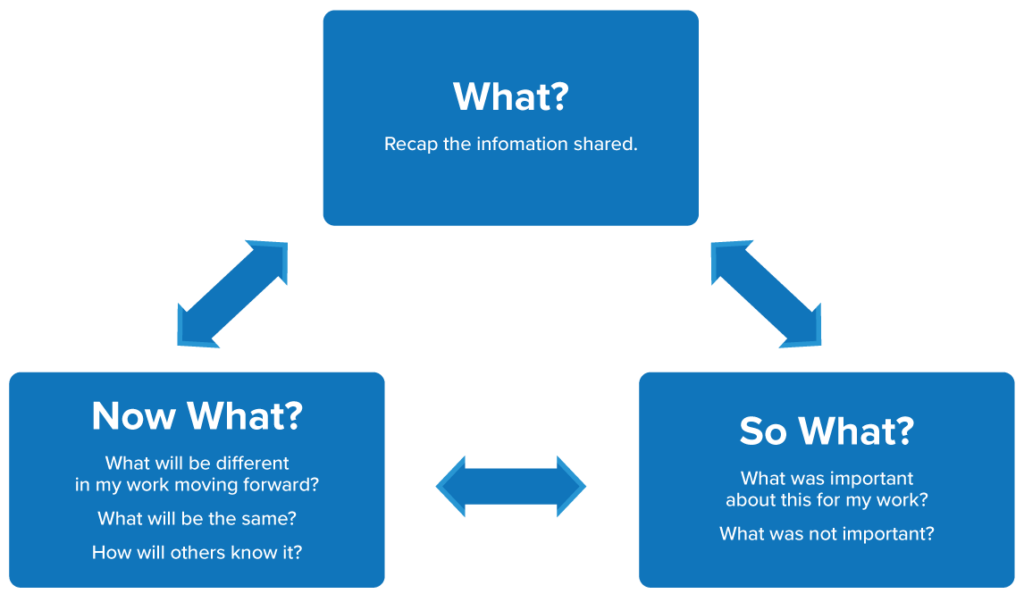
Guidelines for Remote MHPSS Programming in Humanitarian Settings: Training Manual
Remote MHPSS Training Manual
Why the Training Manual?
This training manual was developed in response to the findings of the 2021 International Medical Corps global case study on operational considerations for remote Mental Health and Psychosocial Support (MHPSS) programming in humanitarian settings. As part of the study evaluating and documenting challenges and best practices of implementing remote MHPSS services in five of International Medical Corps programs, we uncovered a need to provide more in-depth and specialized training, in addition to tools and guidelines, to alleviate some of the challenges encountered during remote implementation. Additionally, we found that the lack of engagement and interaction may have impacted the quality of learning during remote training and supervision, pointing to the importance of participatory training methods and use of interactive platforms to enhance capacity building experience.
What’s Included in the Manual?
This training manual was designed as a companion resource to the International Medical Corps Guidelines for Remote MHPSS Programming in Humanitarian Settings and is intended to facilitate more in-depth exploration and learning around operationalization of remote MHPSS programming. The manual consists of six modules, and the topics and content were informed by the responses of the global case study, where MHPSS program staff and service providers identified areas that needed particular attention to facilitate effective adaptations for remote modalities. The module of the manual includes the following:
- General Principles of Remote MHPSS Service Delivery
- Setting up for Remote MHPSS
- Preparing for Remote MHPSS
- Conducting Remote MHPSS Sessions
- Managing Suicide Risk Cases During Remote MHPSS
- Setting up a Helpline and/or Hotline
All modules include comprehensive didactic content to provide the trainer with information needed to convey the material to the participants without requiring additional research. (If needed, trainers are encouraged to explore the resources provided in the citations for additional information.) The didactic content is complemented by exercises and group discussions in each module to facilitate engagement and interaction among participants and help improve uptake and retention of the information.
How to Use the Manual?
This training manual can be used in whole or in parts depending on the needs of the target audience. In addition, the training manual was designed primarily for in-person training settings. However, all throughout, we make notes of minor adjustments that can be made for remote training sessions. Each module provides guidelines for the length of each session. However, the lengths can be adjusted to meet the needs of the target training audience. For example, for seasoned MHPSS program staff and service providers with familiarity and experience with remote modalities, some of the content can be abridged and the allotted time shortened accordingly. We therefore encourage trainers to conduct a pre-training needs assessment to understand the existing knowledge and skills as well as gaps so the training content can be adjusted accordingly. In addition, the timeframes should be adjusted if the training is to be held virtually. Our experience shows that an average of 2-2.5 hour sessions are optimal for virtual environment and sessions longer than that contribute to fatigue and reduced engagement. Subsequently, trainers may need to spread the multi-day training over the span of several weeks and will need to inform the participants so they can manage their schedules accordingly.
Regardless of the experience level, all incoming trainees should be asked to review the International Medical Corps Guidelines for Remote MHPSS Programming in advance, which are available in Arabic, English, French and Spanish. If possible, the training organizers should provide hard copies of the Guidelines to each participant, because participants will be asked to reference the Guidelines as part of the training activities.
Trainings facilitator and/or trainers should prepare the necessary materials in advance, which will include flipcharts, notepads and pens, sticky notes, markers, handouts as well as PowerPoint slides summarizing the key points of each module. For virtual training environments, the trainers should familiarize themselves with interactive technologies available to facilitate exercises. These may include the Whiteboard on Zoom or Miro Whiteboard, which can be integrated with any web-conferencing platforms and replicate flipchart, sticky notes and similar functionalities in virtual settings.
Finally, to reinforce learning and facilitate retention, each module should be concluded with participants sharing key take-aways. Trainers may choose the following format to facilitate this closing activity:
Share the 3 W’s Takeaway Task

Who is the Target Audience?
The training is primarily intended for staff and service providers at agencies implementing MHPSS programming in humanitarian settings, including MHPSS program management staff and service providers and frontline workers. In addition, HQ technical support teams and organizational leadership at the country level may benefit from some of the modules focused on the principles and preparation for remote MHPSS programming.